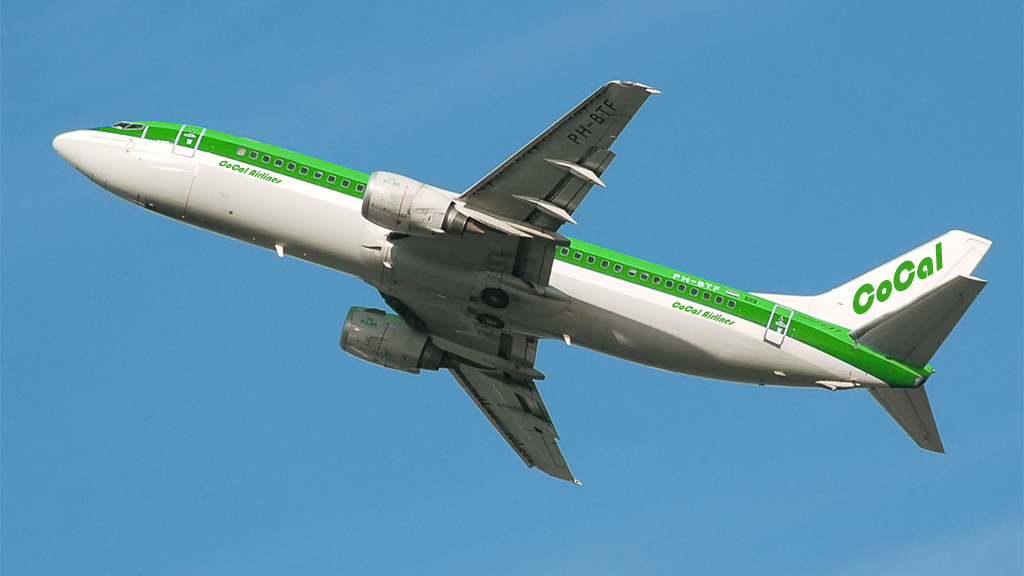Abstract
The problem studied in this case deals with the identification of potential ways to lower fuel consumption in a 737 aircraft. Students are presented with actual flight data, such as fuel weights, passenger loads, fuel consumption, trip mileage, and trip phases. Students must simplify the problem and model a typical flight. Based on their analysis and assumptions, students then prepare and defend their recommended approaches for reducing fuel consumption for the aircraft. Students role-play throughout the case as flight engineers working for an engineering firm that has been tasked to prepare the analysis. The results of the analysis are presented to a panel that evaluates the appropriateness and reasonableness of the team's recommendations. One challenging aspect of this case is the amount of flight data available. Students must sift through the data and decide which are relevant and which are extraneous to the problem at hand. Originally designed for use with secondary mathematics teacher candidates in a problem solving course, the mathematics is accessible to most high school pre-calculus and physics students. The case would be a good supplement to a high school or college pre-calculus course that includes finding regression equations.



